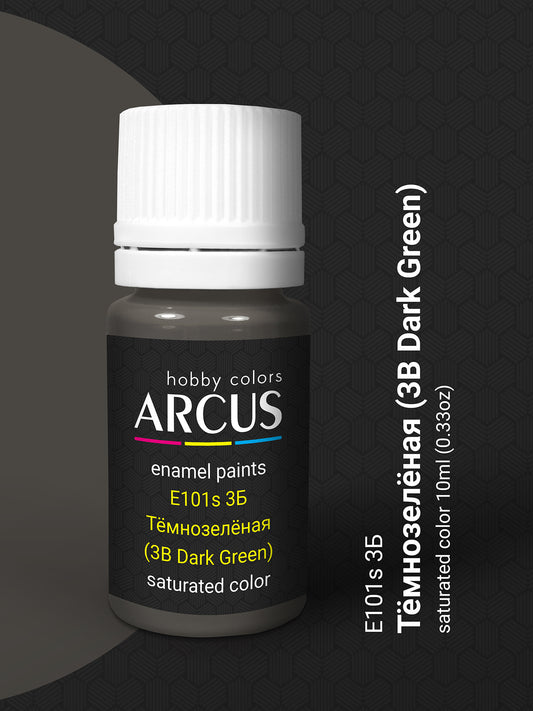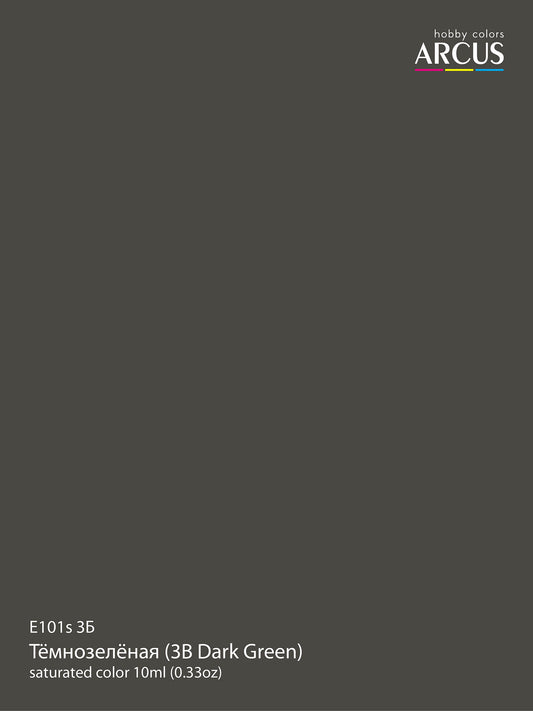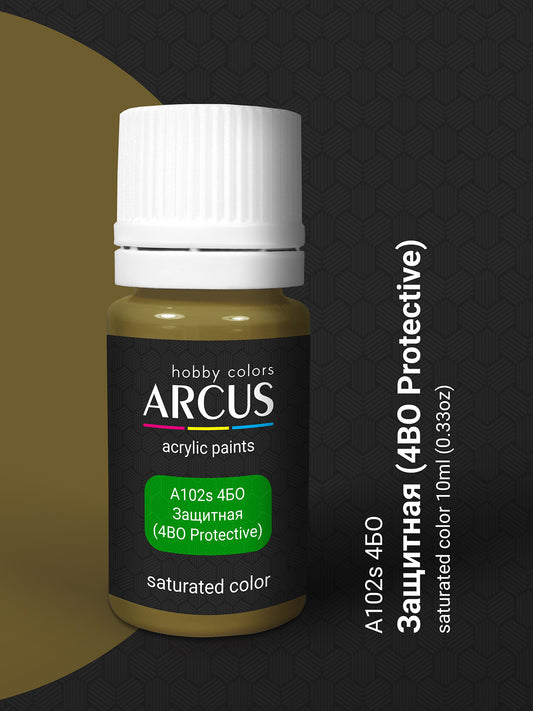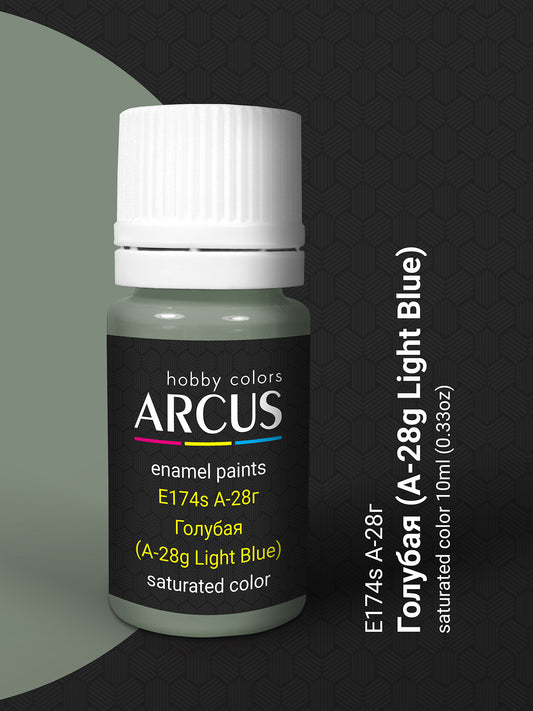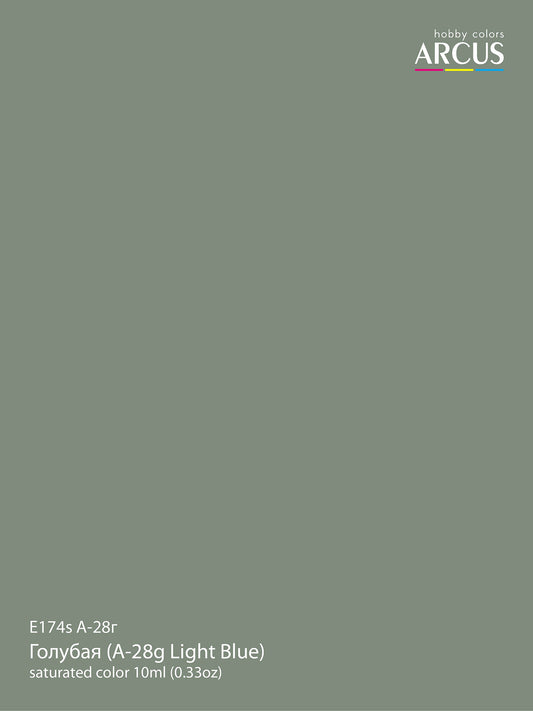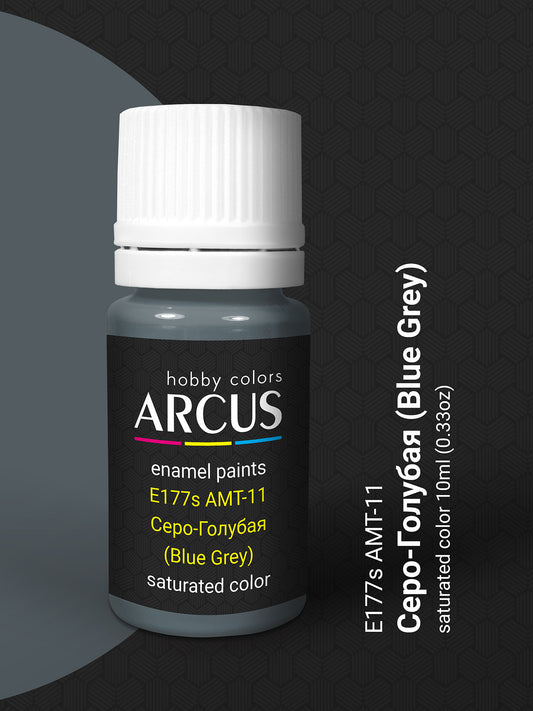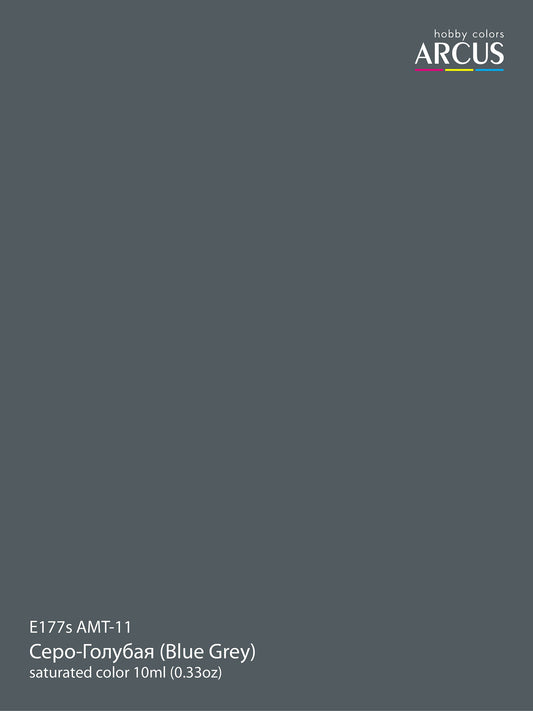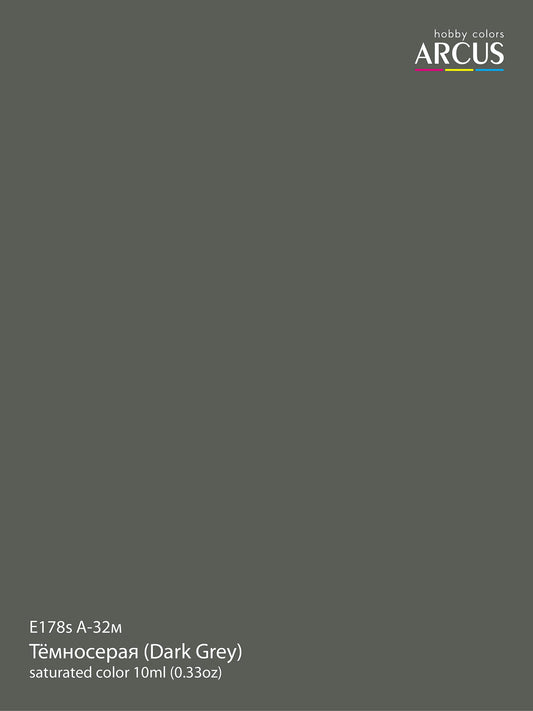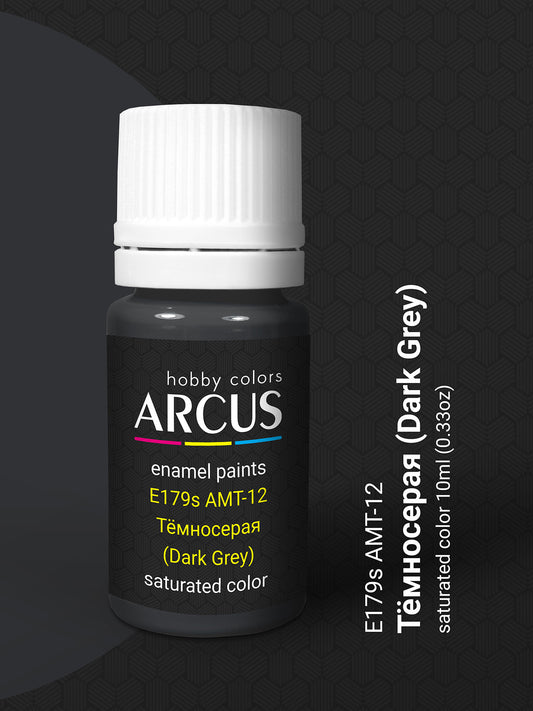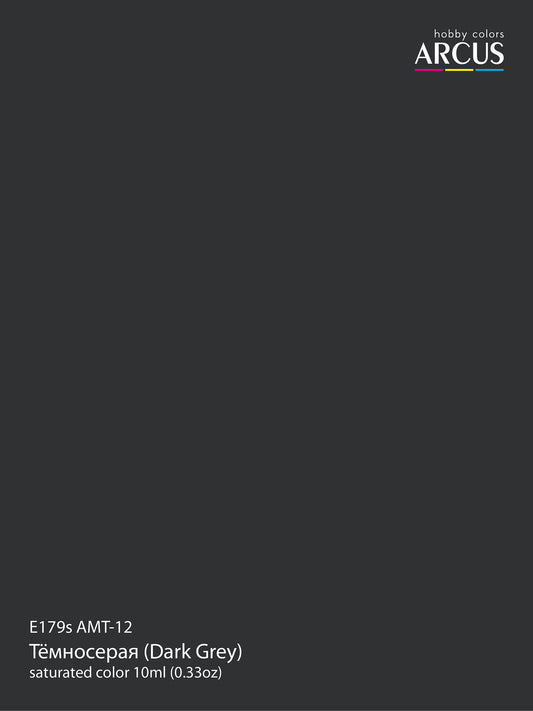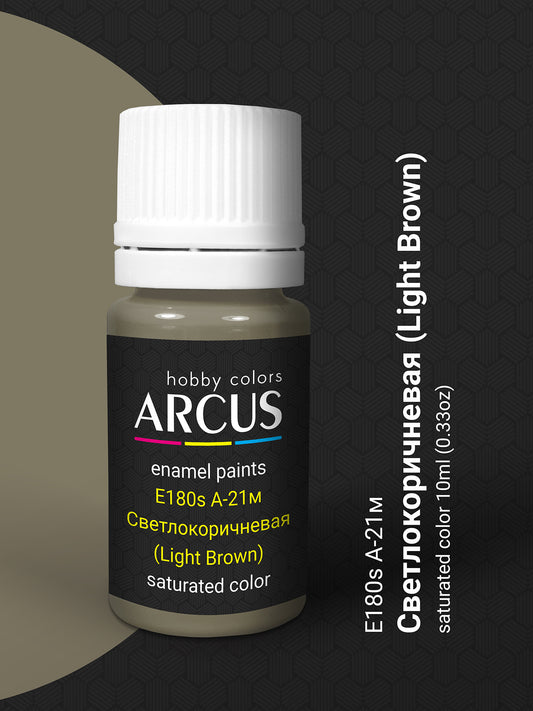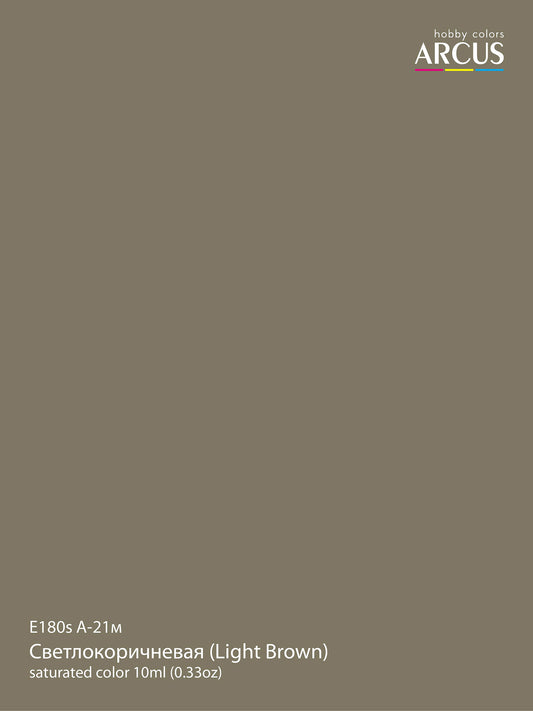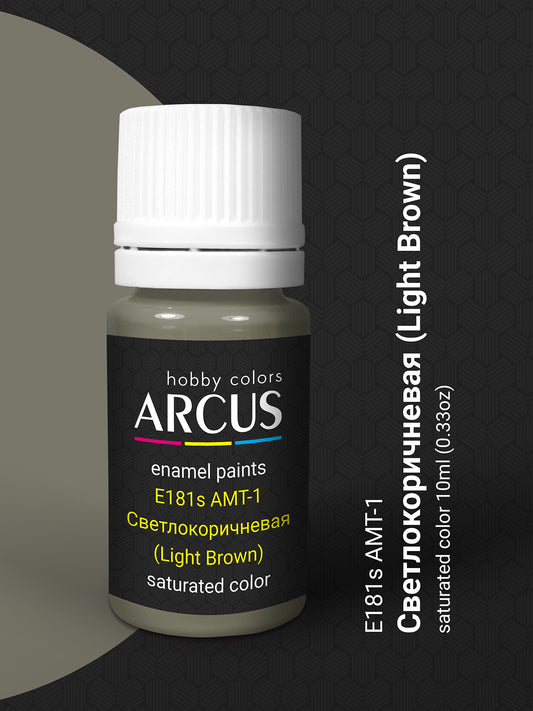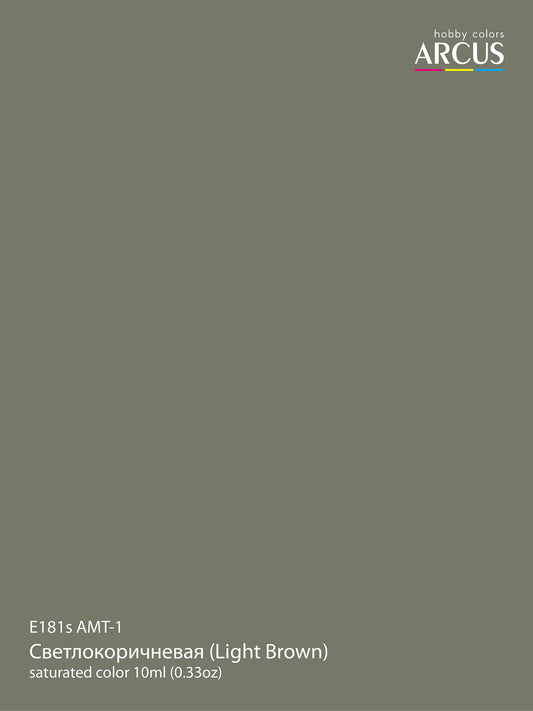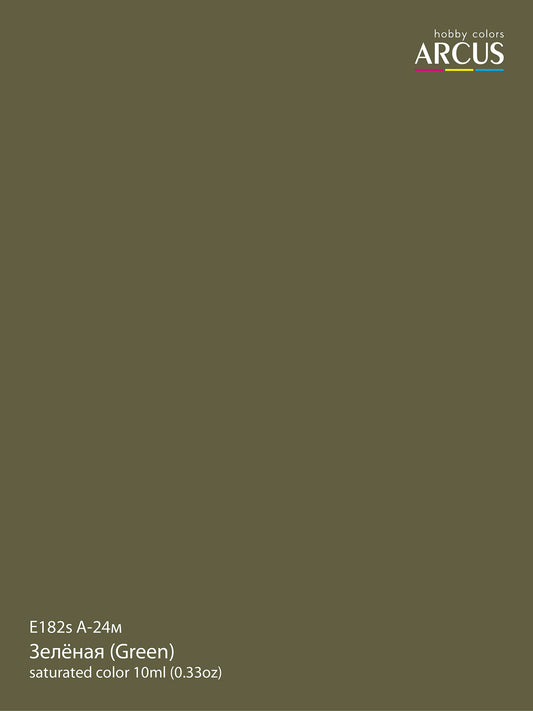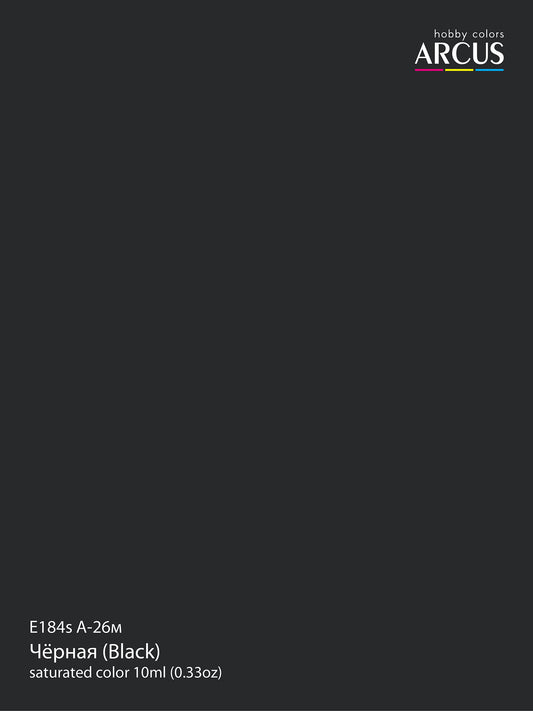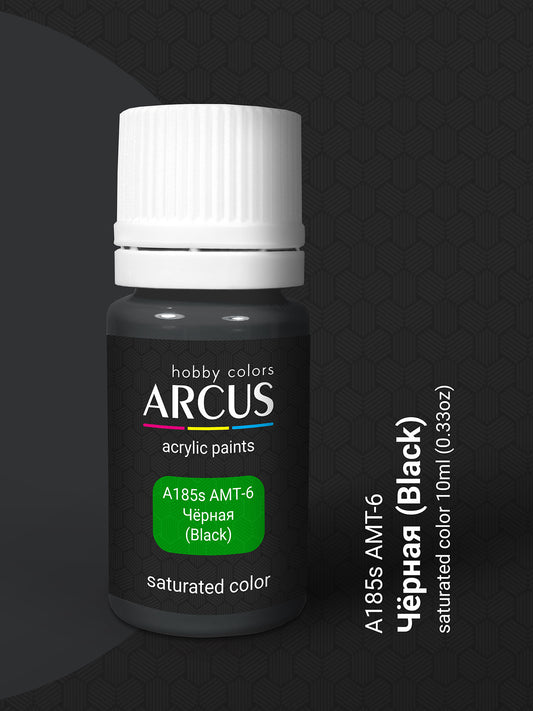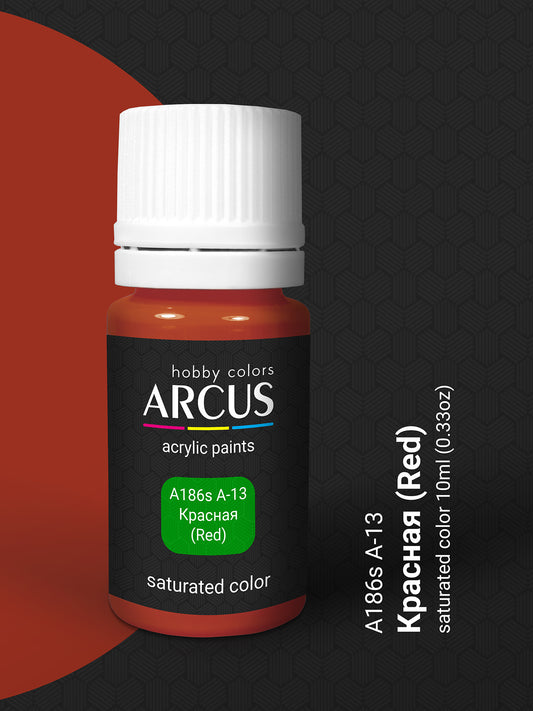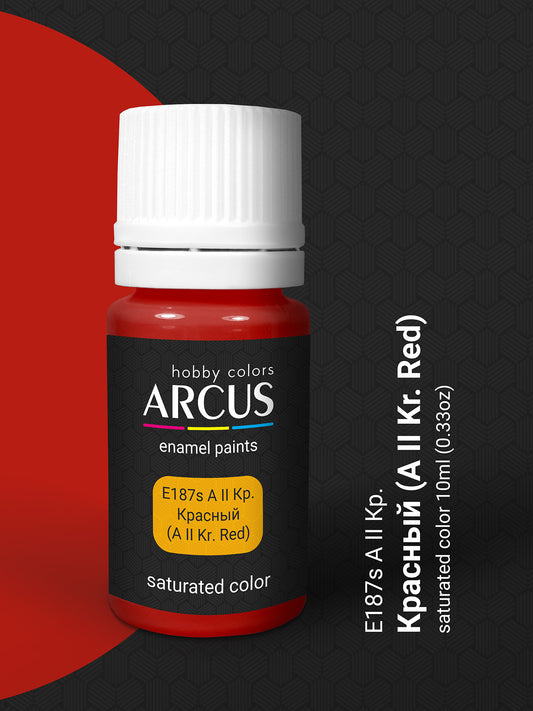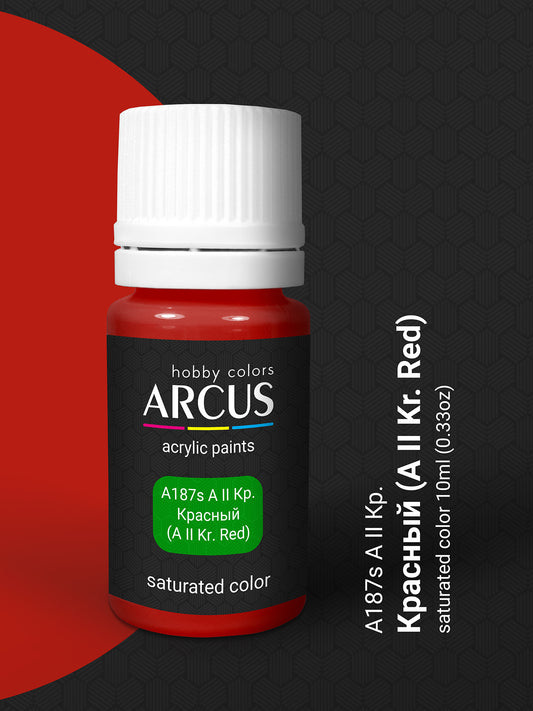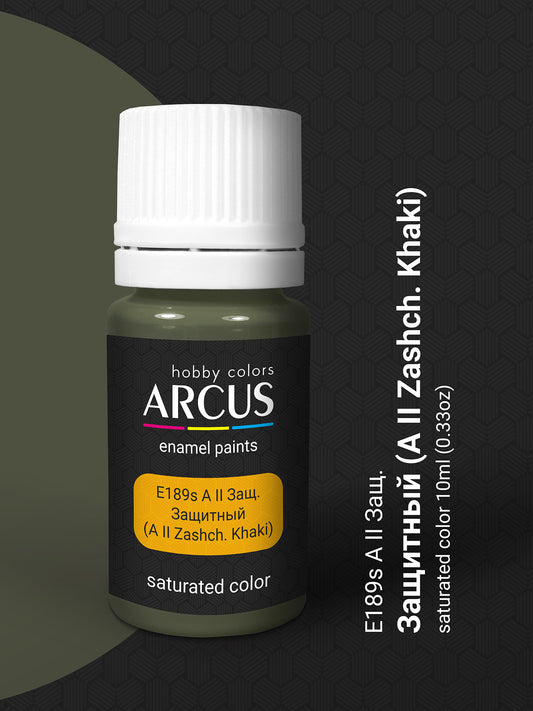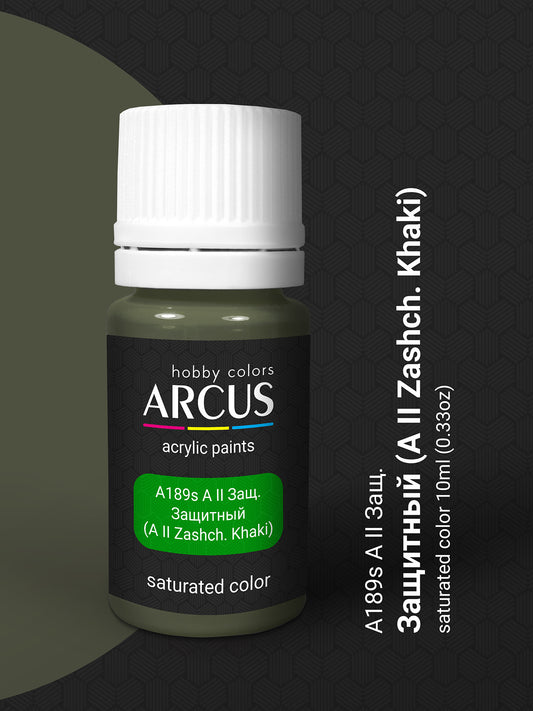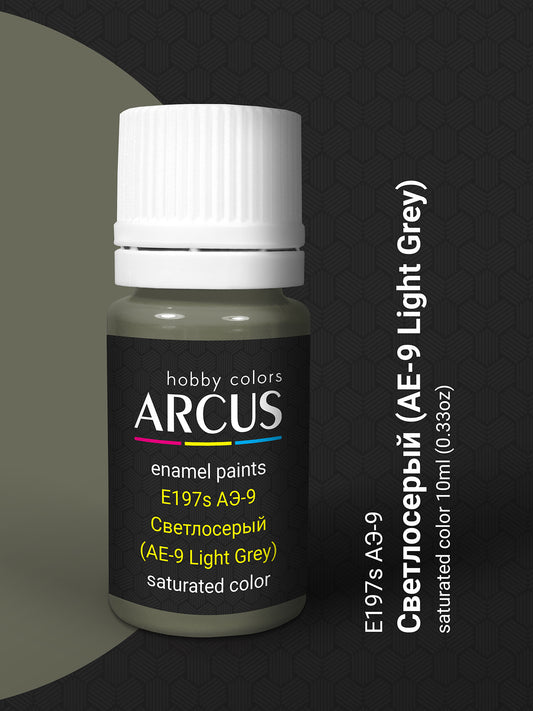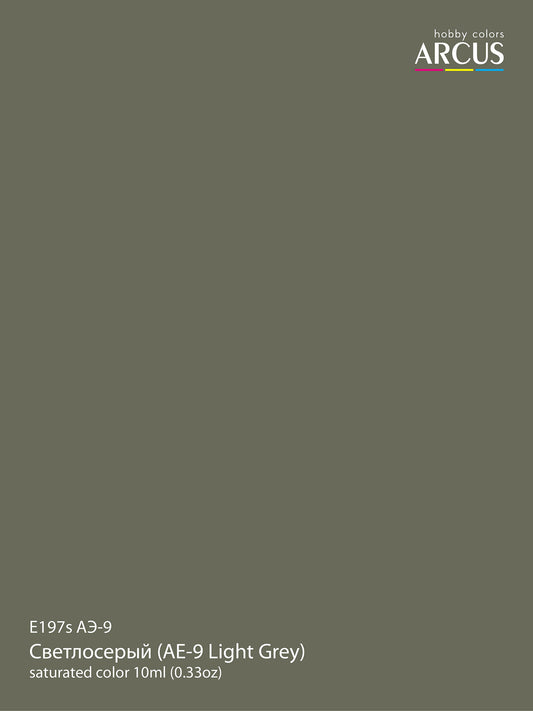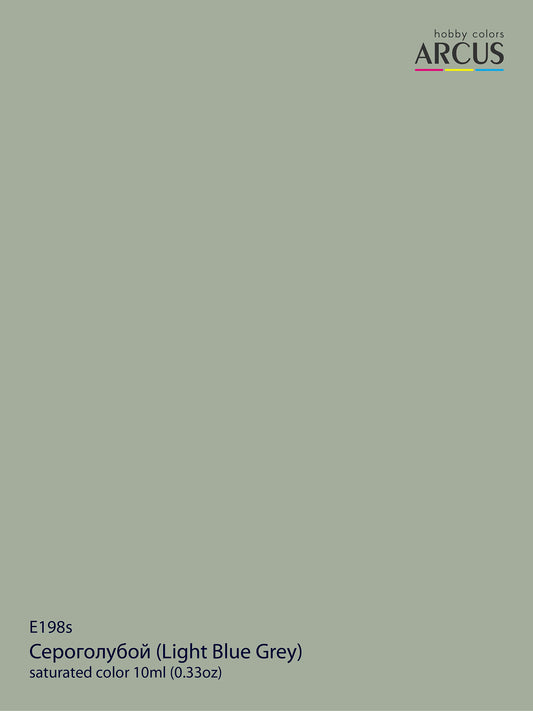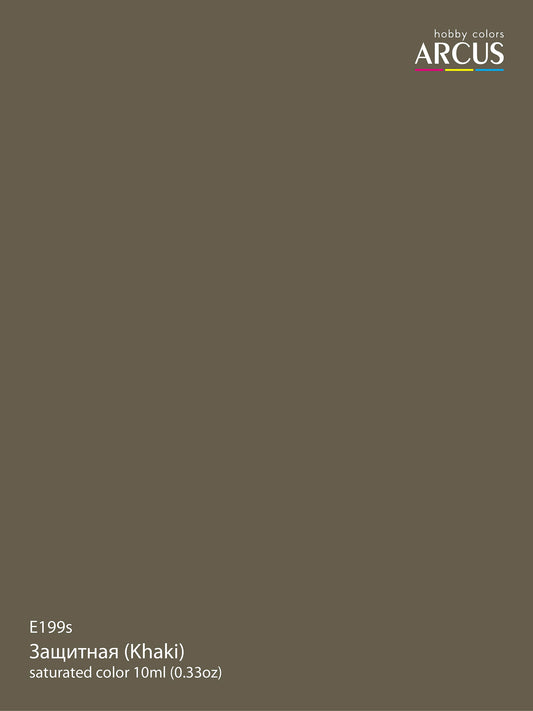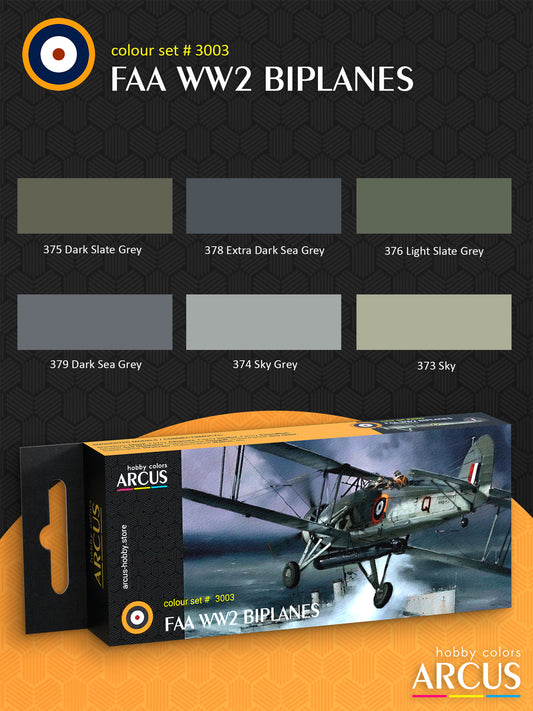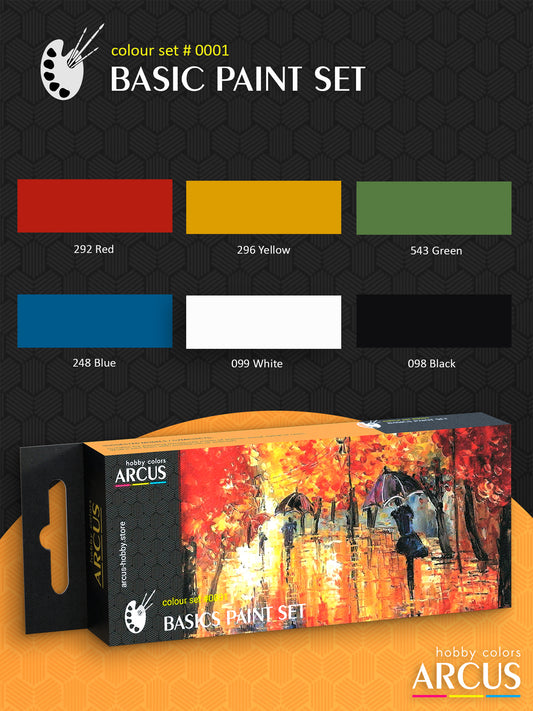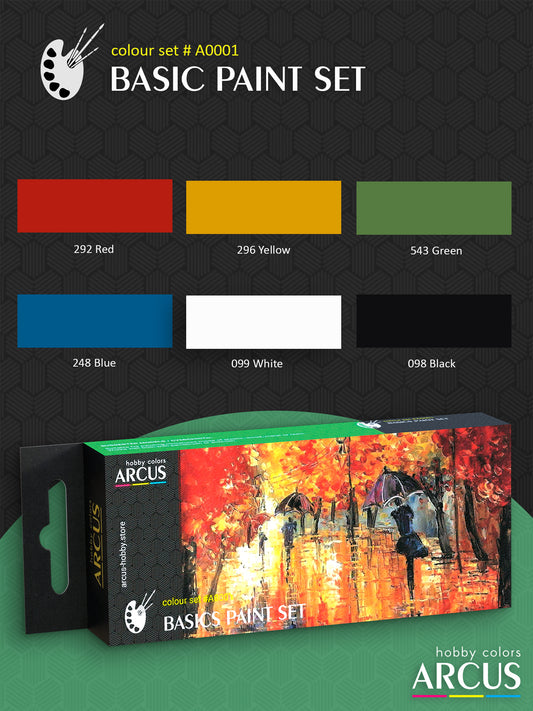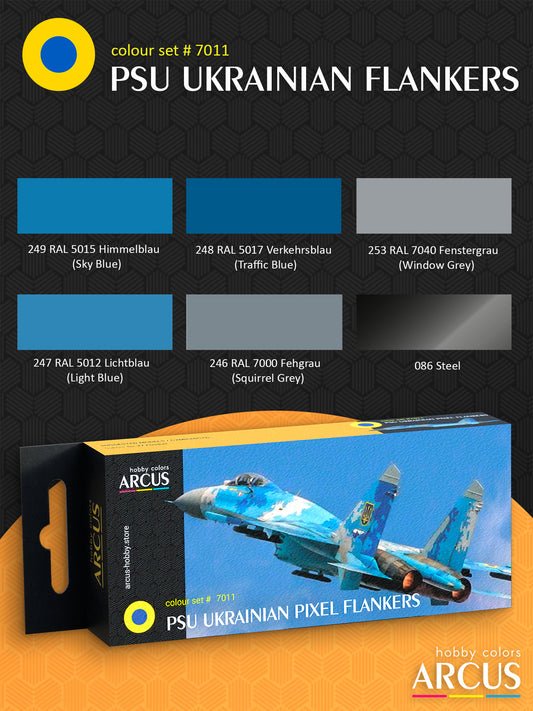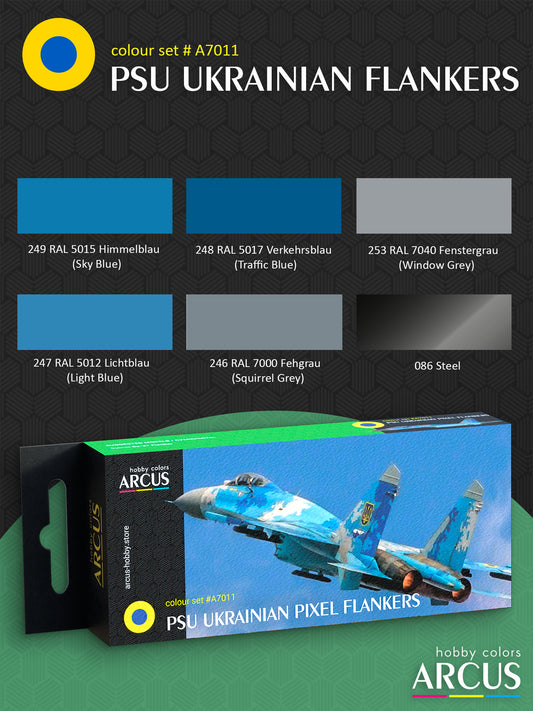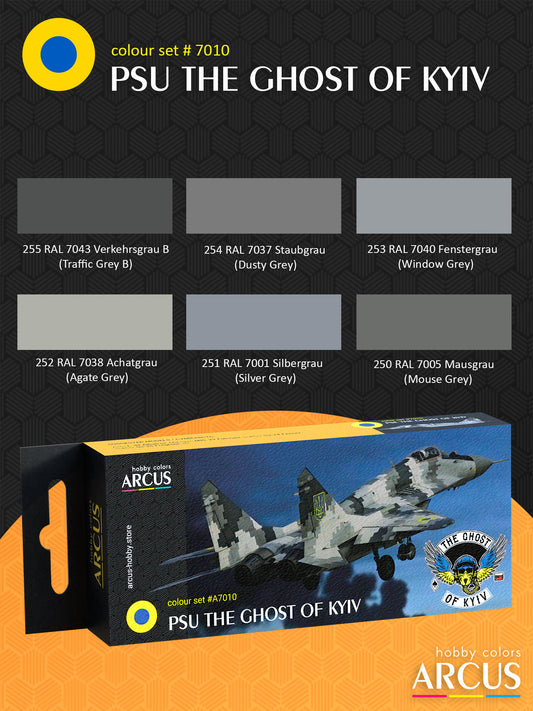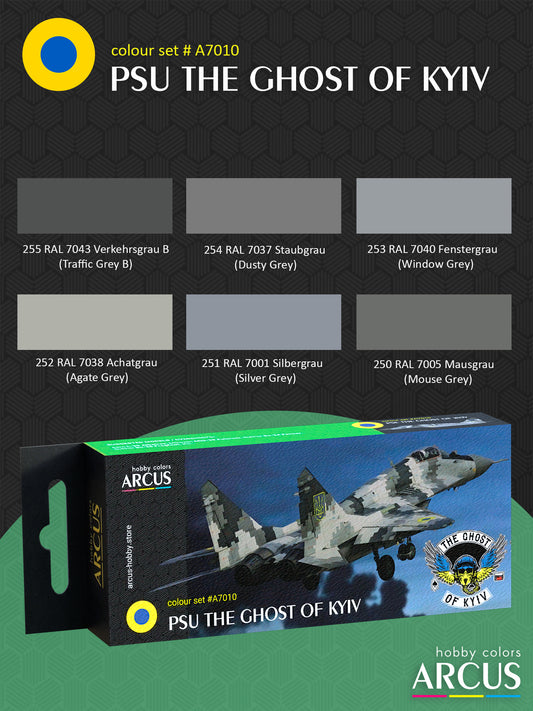Soviet Air Force of WWII
Authentic paints for Soviet aircraft models from the 1930s and 1940s. Perfect for recreating planes used in the Spanish Civil War, the Battles of Nomonhan, the Winter War in Finland, and World War II
-
101 3Б Тёмнозеленая (3B Dark Green)
Vendor:Arcus Hobby PaintRegular price $1.81 USDRegular priceUnit price per$1.81 USDSale price $1.81 USD -
Vendor:Arcus Hobby PaintRegular price $1.81 USDRegular priceUnit price per
$1.81 USDSale price $1.81 USD -
Vendor:Arcus Hobby PaintRegular price $1.81 USDRegular priceUnit price per
$1.81 USDSale price $1.81 USD -
Vendor:Arcus HobbyRegular price $1.81 USDRegular priceUnit price per
$1.81 USDSale price $1.81 USD -
174 А-28г Голубая (A-28g Light Blue)
Vendor:Arcus Hobby PaintRegular price $1.81 USDRegular priceUnit price per$1.81 USDSale price $1.81 USD -
Vendor:Arcus HobbyRegular price $1.81 USDRegular priceUnit price per
$1.81 USDSale price $1.81 USD -
177 АМТ-11 Серо-голубая (Blue Grey)
Vendor:arcus-hobbyRegular price $1.81 USDRegular priceUnit price per$1.81 USDSale price $1.81 USD -
178 А-32м Тёмносерая (Dark Grey)
Vendor:Arcus Hobby PaintRegular price $1.81 USDRegular priceUnit price per$1.81 USDSale price $1.81 USD -
179 АМТ-12 Тёмносерая (Dark Grey)
Vendor:arcus-hobbyRegular price $1.81 USDRegular priceUnit price per$1.81 USDSale price $1.81 USD -
180 А-21м Светлокоричневая (Light Brown)
Vendor:arcus-hobbyRegular price $1.81 USDRegular priceUnit price per$1.81 USDSale price $1.81 USD -
181 АМТ-1 Светлокоричневая (Light Brown)
Vendor:arcus-hobbyRegular price $1.81 USDRegular priceUnit price per$1.81 USDSale price $1.81 USD -
Vendor:Arcus Hobby PaintRegular price $1.81 USDRegular priceUnit price per
$1.81 USDSale price $1.81 USD -
Vendor:Arcus HobbyRegular price $1.81 USDRegular priceUnit price per
$1.81 USDSale price $1.81 USD -
Vendor:Arcus Hobby PaintRegular price $1.81 USDRegular priceUnit price per
$1.81 USDSale price $1.81 USD -
Vendor:arcus-hobbyRegular price $1.81 USDRegular priceUnit price per
$1.81 USDSale price $1.81 USD -
Vendor:Arcus Hobby PaintRegular price $1.81 USDRegular priceUnit price per
$1.81 USDSale price $1.81 USD -
Vendor:Arcus HobbyRegular price $1.81 USDRegular priceUnit price per
$1.81 USDSale price $1.81 USD -
Vendor:Arcus HobbyRegular price $1.81 USDRegular priceUnit price per
$1.81 USDSale price $1.81 USD -
190 А II Св. Гол. Светлоголубой
Vendor:Arcus HobbyRegular price $1.81 USDRegular priceUnit price per$1.81 USDSale price $1.81 USD -
191 А-18ф Голубая (A-18f Light Blue)
Vendor:Arcus Hobby PaintRegular price $1.81 USDRegular priceUnit price per$1.81 USDSale price $1.81 USD -
Vendor:Arcus HobbyRegular price $1.81 USDRegular priceUnit price per
$1.81 USDSale price $1.81 USD -
197 АЭ-9 Светлосерый (AE-9 Light Grey)
Vendor:Arcus Hobby PaintRegular price $1.81 USDRegular priceUnit price per$1.81 USDSale price $1.81 USD -
198 Сероголубой (Light Blue Grey)
Vendor:Arcus Hobby PaintRegular price $1.81 USDRegular priceUnit price per$1.81 USDSale price $1.81 USD -
Vendor:arcus-hobbyRegular price $1.81 USDRegular priceUnit price per
$1.81 USDSale price $1.81 USD

